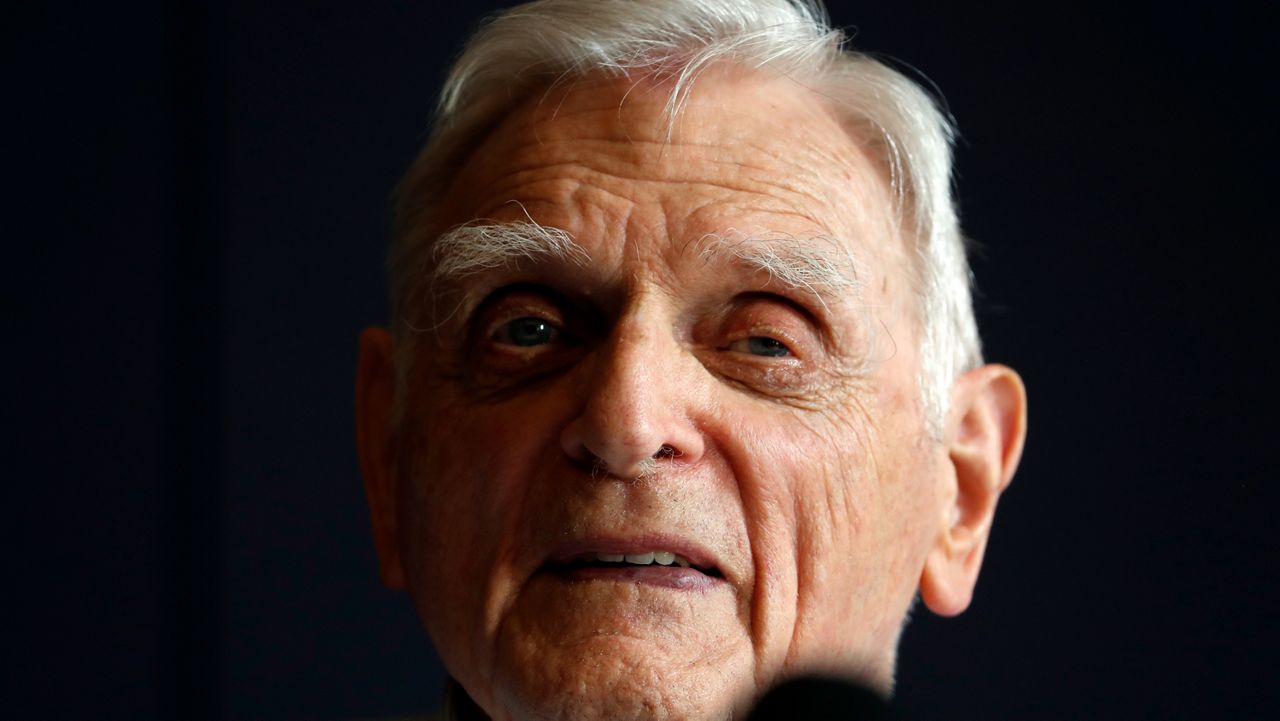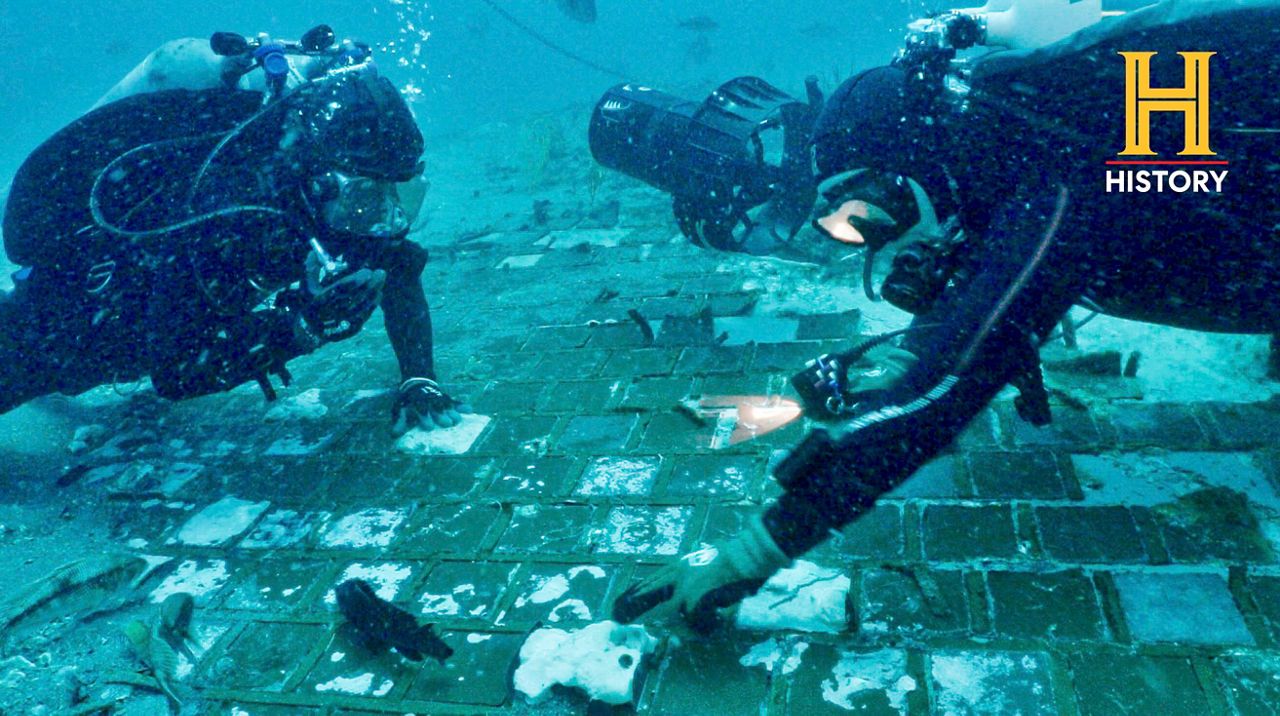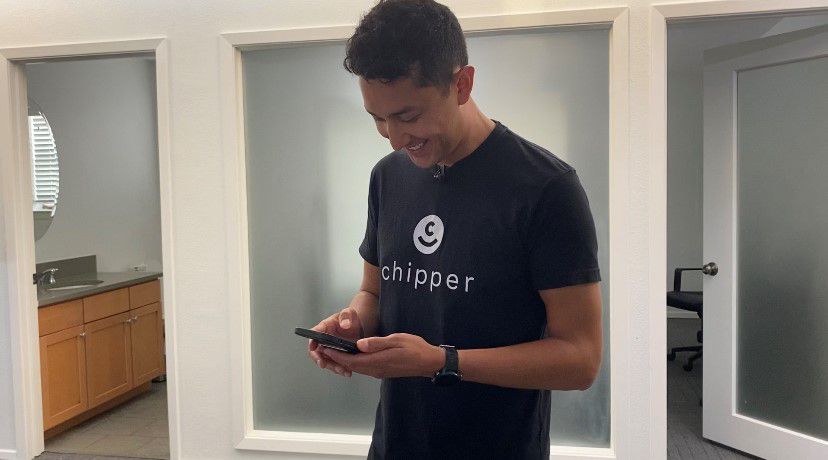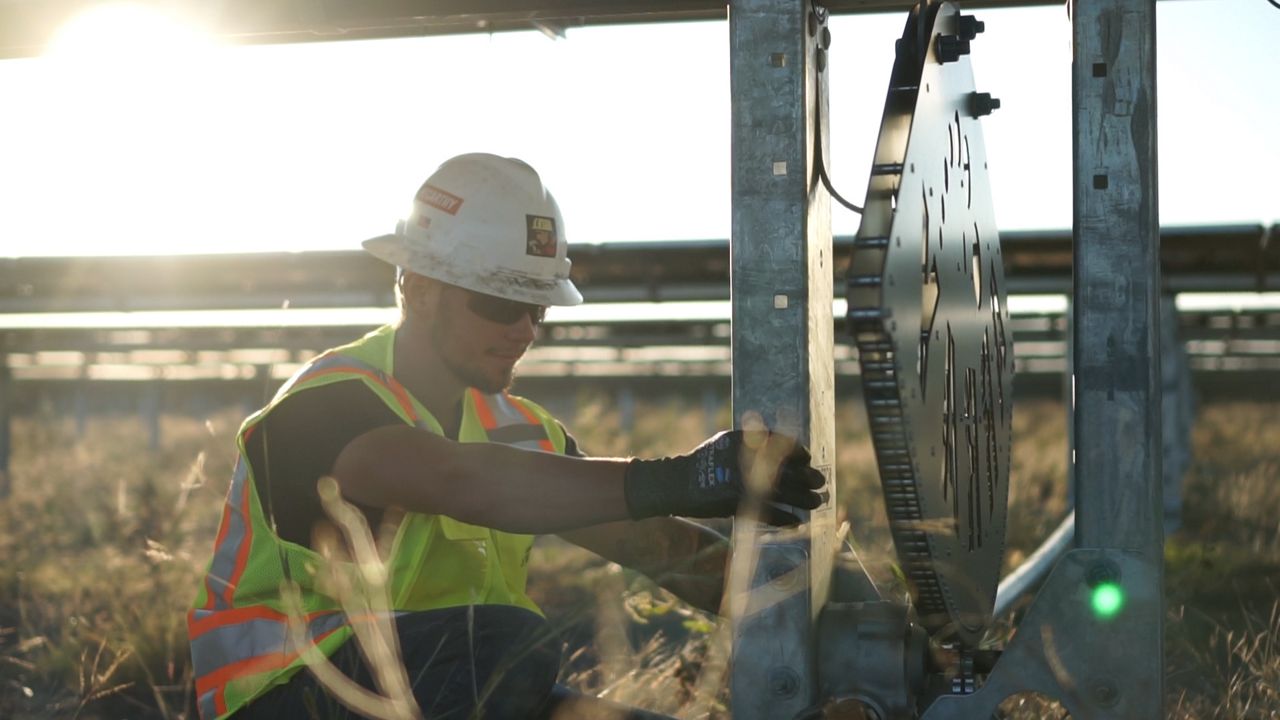SAN ANTONIO - Over 150 different teams of engineers gathered at last week's University of Texas at San Antonio's engineering symposium, but one group's prototype really turned some heads, by simply turning a hand.
- Created in under seven weeks for under $700
- Team has been approached by companies
- Technology is groundbreaking
Four students, who named their group Alt-Biotics, created a fully-functioning robotic arm in less than seven weeks, and for under $700. The cost of a prosthetic hand or arm can run from between $50,000 and $120,000.
“We talked to a lot of amputees and they kind of tell us that they’re unhappy with the current state. Both for the price and the functionality, so that really motivated us," said group member Evan Jenkins. "Instead of just making something strictly for profit or fun. It was actually a good mixture of ‘yeah this could actually help people.’”
The team itself came together out of pure happenstance. Two computer engineers without partners hooked up with a pair of electrical engineers needing teammates as well. The result was a mix of ideas, critiques, and improvements that made this project special.
“Any time you go through something that’s difficult and challenging, you build a kind of brotherhood, a camaraderie," said Max Brecheisen. "It’s really easy to be you versus the problem instead of you versus the other person. That has really helped us."
The technology is groundbreaking, but the actual usage of the arm is rather simple.
“We have five distinguishable motions in one mode, and then the other mode is a handshake mode. We tell it to move by making muscle movements here," Ryan Saavedra says while pointing to his forearm.
They came in second place in their division and took home a cash prize, but that was never the goal.
“We don’t want people to say, ‘thank God for medical insurance’, we want them to say, ‘thank God for technology. Thank God for where we’re at,'" said Saavedra.
Alt-Biotics has already been approached by a couple of companies interested in their robotic arm, but they're not quite sure what the next step will be. But whether they sell the concept or hang on and turn the venture into their own company, one thing's for sure--they accomplished what they set out to do.
CORRECTION: An earlier version of this article incorrectly spelled the name of the student, Evan Jenkins. The error has been corrected. (December 9, 2019)




